How the US dollar standard is now suffocating the global economy
In times of crisis, everyone wants cash. But not just any cash – they want the US dollar. John Stepek explains why the rush for dollars is putting a big dent in an already fragile global economy.

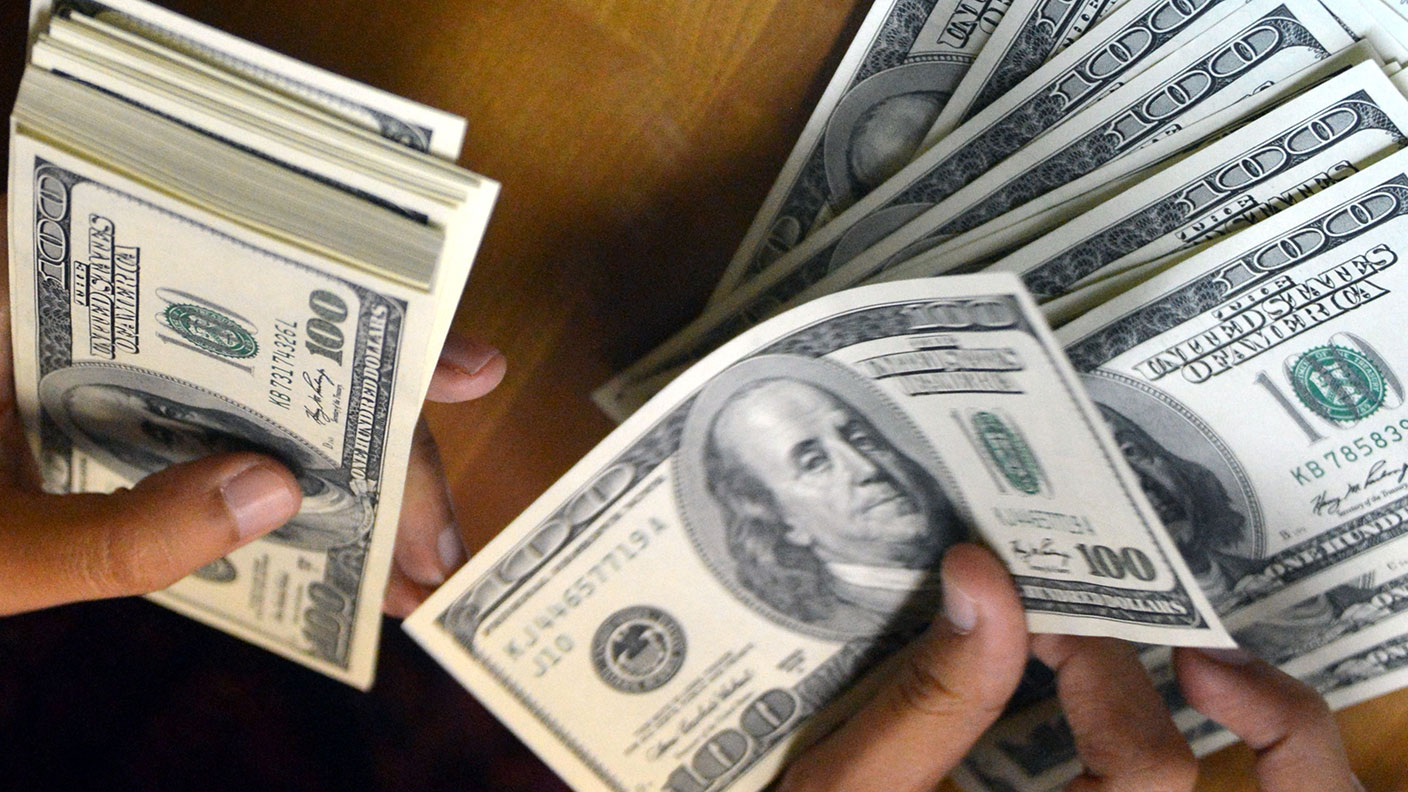
Quick, immensely simplified history lesson this morning. Very quick. The world used to be on the gold standard. Every country’s currency was tied to gold. If you wanted to do business with other countries, you needed to hold enough gold to do it.
Trouble was, when a crisis hit, everyone wanted to get their hands on gold, and there wasn’t enough to go around. That tightened monetary conditions drastically. In other words, you couldn’t get your hands on money for doing anything else. That in turn made cratering economic conditions much much worse. That is pretty much a potted history of why countries dumped the gold standard.
Why do I bring it up this morning? Because the exact same thing is happening with the “dollar” standard right now...
MoneyWeek
Subscribe to MoneyWeek today and get your first six magazine issues absolutely FREE

Sign up to Money Morning
Don't miss the latest investment and personal finances news, market analysis, plus money-saving tips with our free twice-daily newsletter
Don't miss the latest investment and personal finances news, market analysis, plus money-saving tips with our free twice-daily newsletter
Here’s why the dollar is soaring
Markets were so ugly yesterday that it was pretty easy to ignore what would otherwise have been the biggest story of the day – the fact that sterling plunged to its lowest level against the US dollar since the days of the miners' strike.
It’s partly because the Bank of England and the chancellor have been more aggressive than most countries so far in terms of financial support pledged to the wider economy.
The chancellor is promising a package worth at least 15% of GDP, while the new governor of the Bank of England – Andrew Bailey – has basically promised open-ended quantitative easing to provide working capital for big businesses. He also said he remains open to printing money to fund government infrastructure projects, which is pure MMT (Modern Monetary Theory).
Given those moves, you’d expect sterling to struggle a bit. (The European Central Bank has caught up a bit since but it’s still moving at its usual sluggish pace in terms of getting ahead of events).
However, this isn’t really about the pound. It’s about the dollar. The US dollar is the global reserve currency. When things go properly pear-shaped, there’s only one asset that everyone really wants, and that’s cash. And the specific form of cash they want is US dollars.
If you have US dollars in a crisis like this, you can ride out the ups and downs. US dollars represent the ultimate form of liquidity (and yes that includes gold – liquid but still volatile – and even US government debt).
But demand for dollars is so high that it is strangling the money available for anything else. It’s similar to the problems of being on the gold standard all over again.
The advantage of the dollar standard (and you can argue that this is a disadvantage too – I’ll park the economic and hard money debates for the moment) is that you can print dollars and parcel them out. You can’t print extra gold (which is one reason why we like it so much). But if there’s a dollar shortage, the US central bank should be able to address that.
Here’s where we get a tiny bit technical but I’m going to try to keep it very simple.
Basically, the Federal Reserve has things called FX swap lines with other major developed-world central banks. These enable banking systems in those countries to get hold of dollars easily, via their own central banks.
One big problem right now is that not every country in the world has access to those facilities. And nor does the “shadow banking” system – non-bank entities which have effectively been playing the role of banks since the 2008 financial crisis made it harder for banks to do so.
What does this mean? As Zoltan Poszar of Credit Suisse – who is currently the analyst du jour because he’s been on top of all of this mind-numbingly technical financial plumbing stuff for a couple of years or more now – puts it: “The Fed’s liquidity response may not trickle down to every corner of the financial system… it feels like the Fed needs to do more still.”
Now I’m not going to go into potential solutions as there are too many moving parts and I can’t wrap my head around them all as yet. But long story short, until the Fed figures out a way to splatter dollars across the entire global financial system, we’re going to see a rush into dollars, and a corresponding tightening in financial conditions. Which is not what we need right now.
Everyone has been leaning to one side of the boat – and now the wave is here
This is being exacerbated by another core problem here: and this is that going into this crisis, the world has been epically short volatility.
What does that mean? In English, it means that everyone has been betting on markets remaining very calm regardless of what happens. You can call it “faith in the central bank put”.
This takes many forms. You can be very clever about being short volatility – you can put together lots of derivative structures that quite literally bet on low volatility. Or you can be unwittingly short volatility – being heavily long expensive stocks, for example, in the faith that they’ll only ever go up.
Or you can be somewhere in the middle. Taking on loads more leverage than you can really afford because you don’t realise just how exposed you’ll be if markets fall by even a little bit more than your hopelessly inadequate worst-case scenario outlines.
So what it adds up to is that everyone has been leaning over to one side of the boat. Now a big wave has come and tipped it over.
The people who are now all thrashing around desperately in the water are hoping that the central bank is going to come out with lifeboats and pick them all up. But this is a much bigger job than anything anyone’s tried to do before.
What’s the upshot? The Fed will be firefighting. There may well be big institutions who are currently on their knees dumping stuff desperately into markets. You’ve doubtless seen lots of names circulating, I’m not going to repeat them here because I don’t have the facts to hand.
But none of this is something for you to worry about overly. We’ll see chaos. We’ll see havoc. We’ll see scary moments. But if you currently have ready access to cash, and you have a portfolio which is made up of components that you fully understand (by which I mean no exotic weird structured products that are about to explode in your face), then I guess my best advice is still to sit it out.
Look at your watchlist. Assume (and it is an assumption, let me make that clear) that we will get through this, and that therefore the financial markets will still be standing, and that most major brands that you are familiar with today will still be here in six months’ time, simply because they are too big to fail. And think about if, given all that, markets are probably fairly cheap or not.
And own some gold just in case that assumption is wrong.
Oh and subscribe to MoneyWeek if you haven’t already, because so far we’re managing to put it our remotely and I think you’ll enjoy tomorrow’s issue.
Get the latest financial news, insights and expert analysis from our award-winning MoneyWeek team, to help you understand what really matters when it comes to your finances.
John Stepek is a senior reporter at Bloomberg News and a former editor of MoneyWeek magazine. He graduated from Strathclyde University with a degree in psychology in 1996 and has always been fascinated by the gap between the way the market works in theory and the way it works in practice, and by how our deep-rooted instincts work against our best interests as investors.
He started out in journalism by writing articles about the specific business challenges facing family firms. In 2003, he took a job on the finance desk of Teletext, where he spent two years covering the markets and breaking financial news.
His work has been published in Families in Business, Shares magazine, Spear's Magazine, The Sunday Times, and The Spectator among others. He has also appeared as an expert commentator on BBC Radio 4's Today programme, BBC Radio Scotland, Newsnight, Daily Politics and Bloomberg. His first book, on contrarian investing, The Sceptical Investor, was released in March 2019. You can follow John on Twitter at @john_stepek.
-
 How cancelling unused direct debits could boost your pension by £37,000
How cancelling unused direct debits could boost your pension by £37,000A new year refresh of your spending could save you money and help boost your pension pot.
-
 NS&I cuts interest rates on 8 savings accounts
NS&I cuts interest rates on 8 savings accountsNS&I will now offer less attractive interest rates for customers wishing to lock their savings away to grow for one, two, three or five years.
-
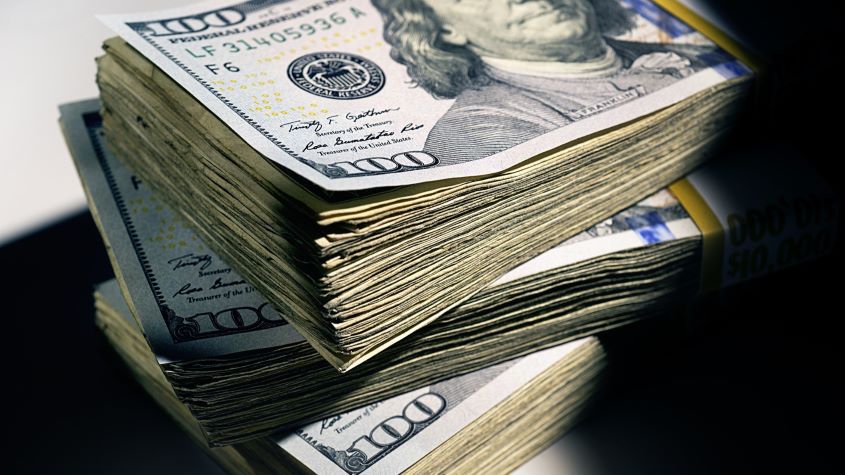 Why you should keep an eye on the US dollar, the most important price in the world
Why you should keep an eye on the US dollar, the most important price in the worldAdvice The US dollar is the most important asset in the world, dictating the prices of vital commodities. Where it goes next will determine the outlook for the global economy says Dominic Frisby.
-
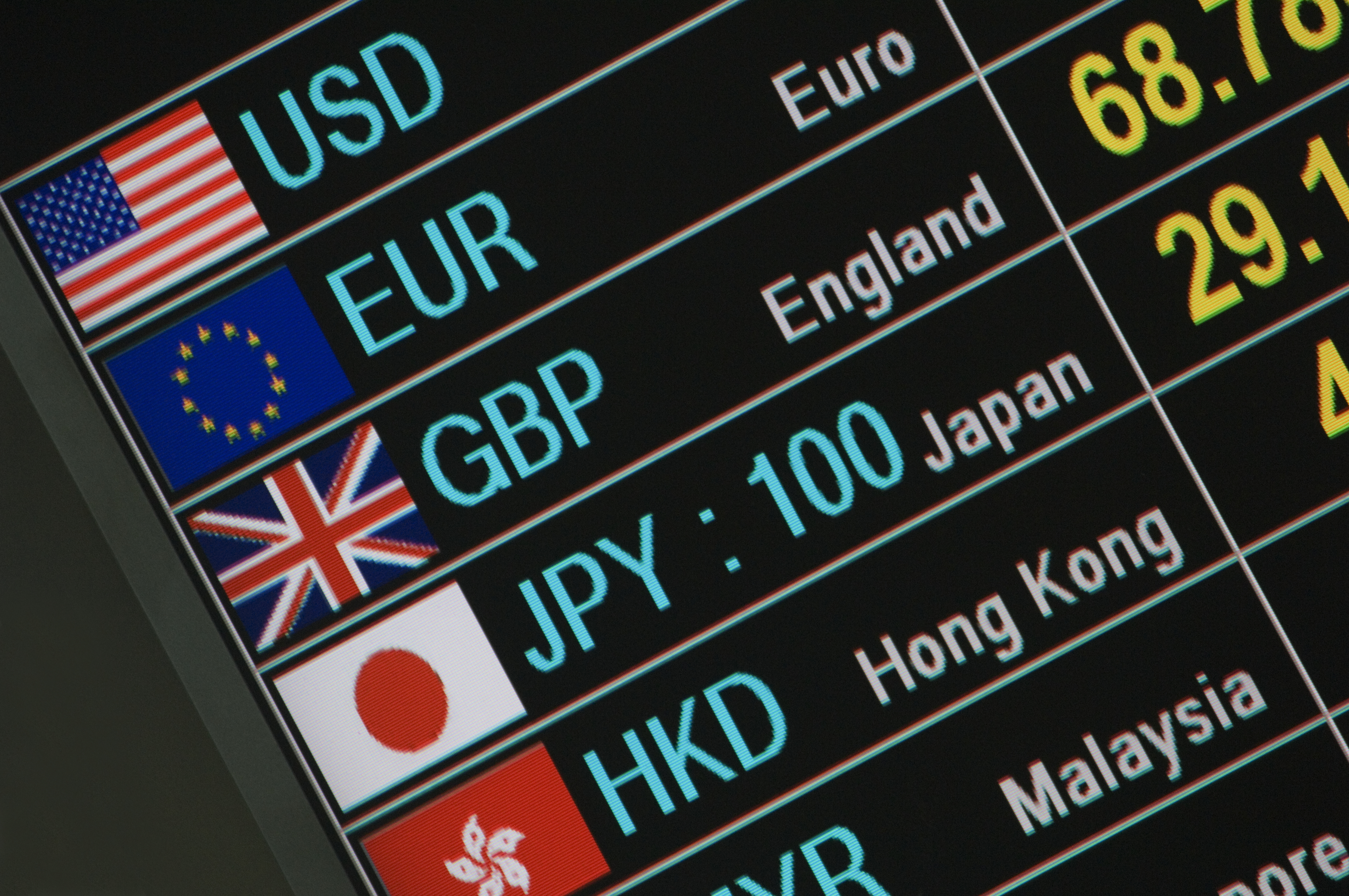 What is FX trading?
What is FX trading?What is FX trading and can you make money from it? We explain how foreign exchange trading works and the risks
-
 The Burberry share price looks like a good bet
The Burberry share price looks like a good betTips The Burberry share price could be on the verge of a major upswing as the firm’s profits return to growth.
-
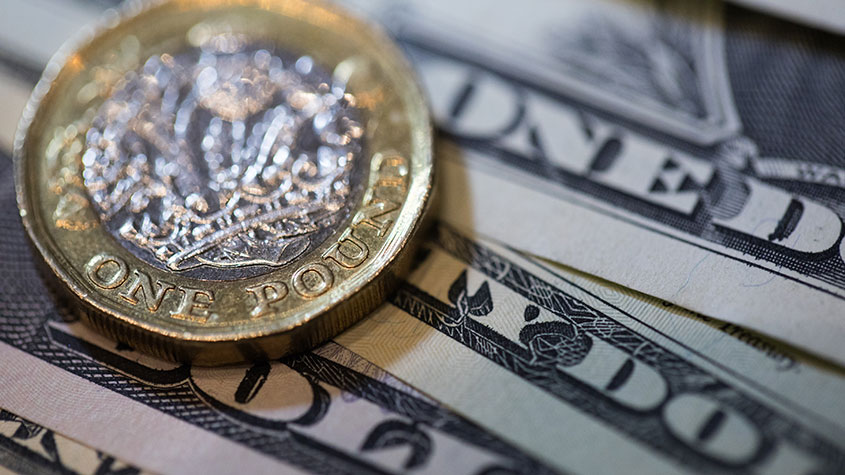 Sterling accelerates its recovery after chancellor’s U-turn on taxes
Sterling accelerates its recovery after chancellor’s U-turn on taxesNews The pound has recovered after Kwasi Kwarteng U-turned on abolishing the top rate of income tax. Saloni Sardana explains what's going on..
-
 Why you should short this satellite broadband company
Why you should short this satellite broadband companyTips With an ill-considered business plan, satellite broadband company AST SpaceMobile is doomed to failure, says Matthew Partridge. Here's how to short the stock.
-
 It’s time to sell this stock
It’s time to sell this stockTips Digital Realty’s data-storage business model is moribund, consumed by the rise of cloud computing. Here's how you could short the shares, says Matthew Partridge.
-
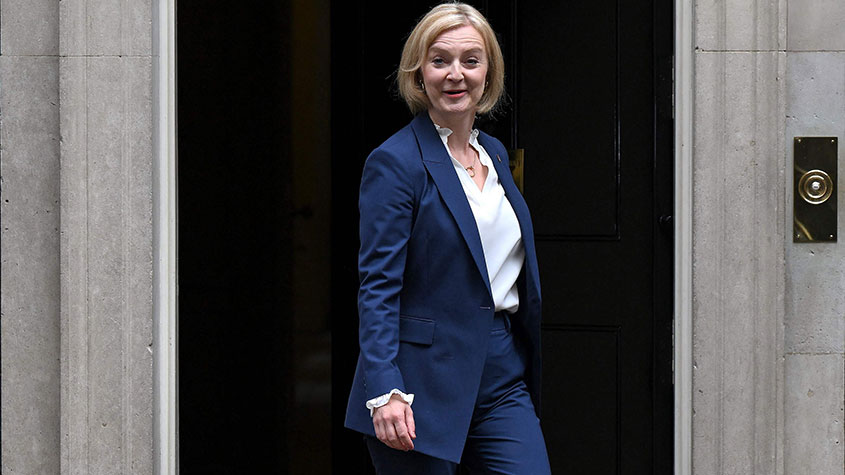 Will Liz Truss as PM mark a turning point for the pound?
Will Liz Truss as PM mark a turning point for the pound?Analysis The pound is at its lowest since 1985. But a new government often markets a turning point, says Dominic Frisby. Here, he looks at where sterling might go from here.
-
 Are we heading for a sterling crisis?
Are we heading for a sterling crisis?News The pound sliding against the dollar and the euro is symbolic of the UK's economic weakness and a sign that overseas investors losing confidence in the country.
